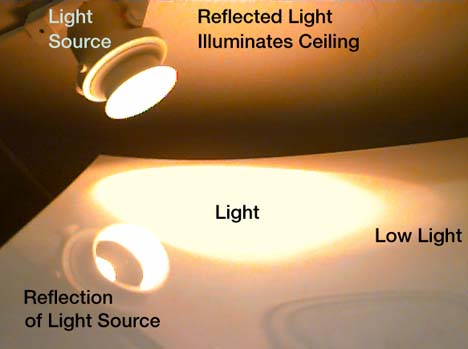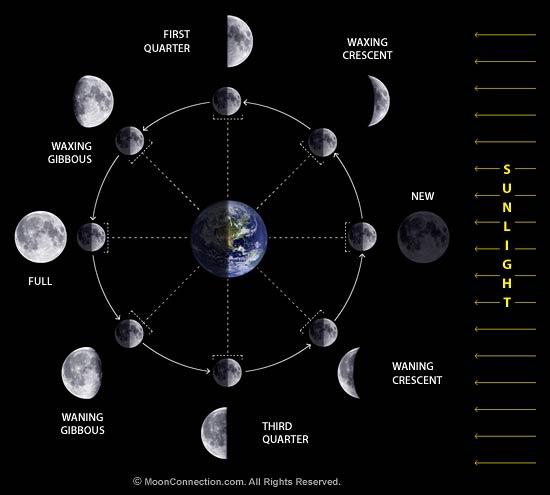Stravinsk
Composer and Artist on Flat Earth
- Joined
- Jan 4, 2016
- Messages
- 4,562
- Gender
- Male
- Religious Affiliation
- Deist
- Political Affiliation
- Conservative
- Marital Status
- Widow/Widower
- Acceptance of the Trinity & Nicene Creed
- No
It looks like clouds and the moon in the night sky but if it is really such a photo I cannot tell from the poor quality resolution and the scant information provided by you in your post.
This image, shown below, is more easily identified as the moon in the night sky with clouds.

Ah, well I asked Mark - but he seems to be gone for the moment.
Tell me, in the photo I presented OR the one you did, where is the light coming from?





